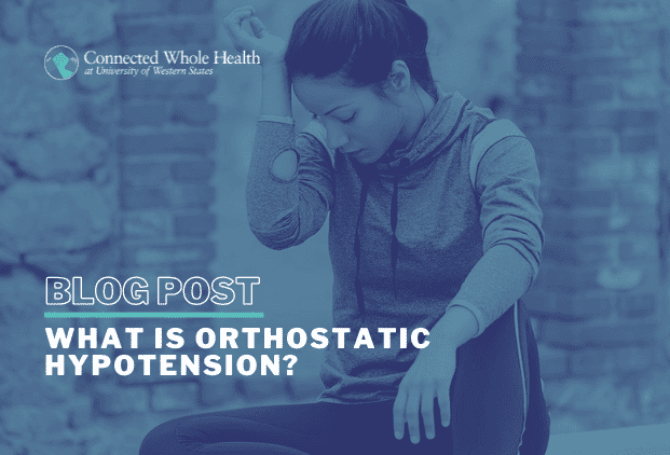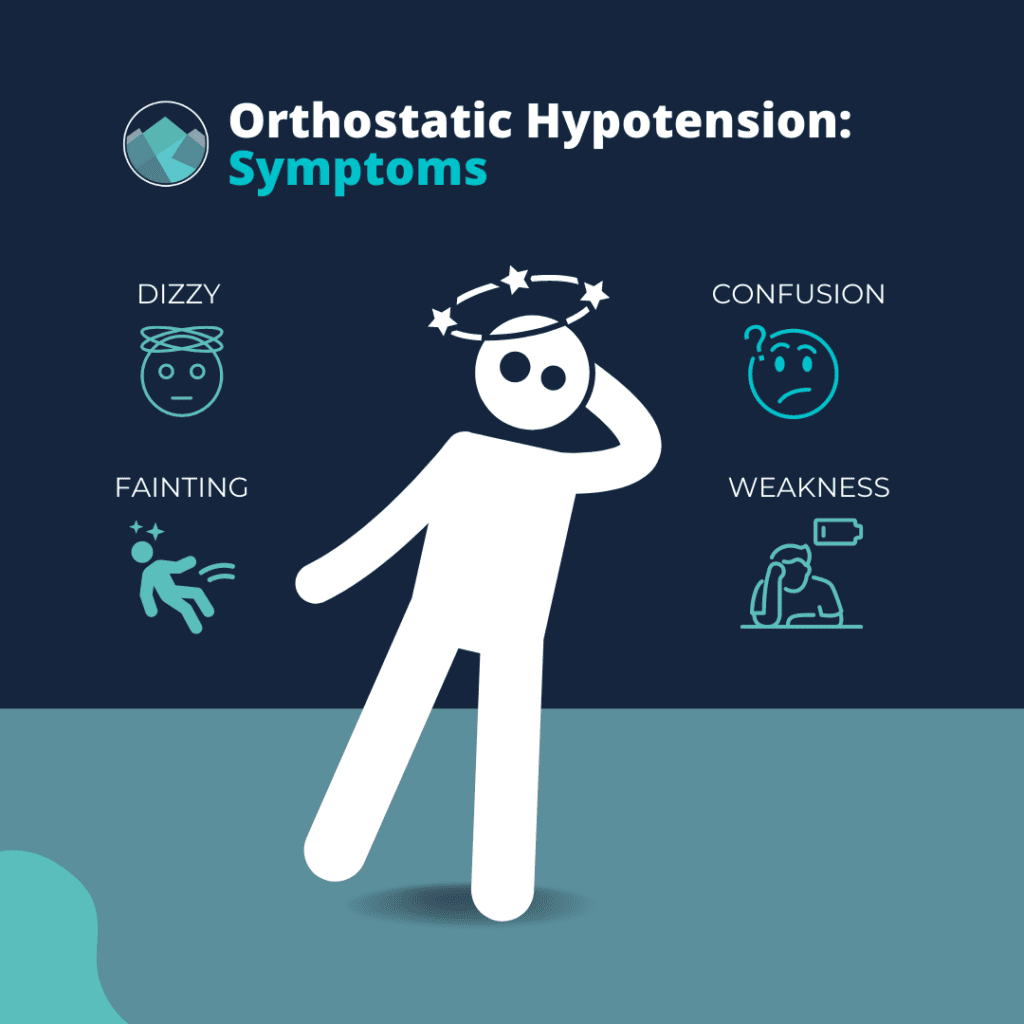
May 25, 2023
Orthostatic hypotension: This occurs when there is a significant drop in blood pressure upon standing, even while being asymptomatic.
Types of orthostatic hypotension: This can be split into two types, occasional and chronic. Occasional orthostatic hypotension can usually have a simple cause, such as being dehydrated, and can be treated easily. Chronic orthostatic hypotension is not as simple and can usually be a sign of an underlying health problem.

Signs and symptoms: The signs and symptoms of orthostatic hypotension range widely depending on the individual and type they have. Some of these include:
● Dizziness
● Weakness
● Confusion
● Fainting
Causes: Many causes can interfere with your bodies ability to deal with lowered blood pressure, and these can include:
● Dehydration: This causes a decrease in your blood volume.
● Heart problems: Different heart conditions that affect how quickly your heart can pump out blood will have adverse effects, including orthostatic hypotension.
● Nervous system disorders: Disorders in the nervous system can cause a problem with how your body controls blood pressure.
Risk factors: Things that can put you at risk for orthostatic hypotension include:
● Age: Typically people 65 years and older.
● Alcohol: Drinking can decrease blood pressure after consumption.
● Bed rest: Lying in bed due to an illness for too long.
● Diseases: Underlying health conditions.
● Heat: Excessive heat can cause dehydration.
● Medication: Medicine for treatments of heart disease and parkinsons are among a couple that can increase the risk of orthostatic hypotension.
Complications: Elongated hypotension, especially in older adults, can have drastic complications, which include:
● Falls: When you’re dehydrated or have fainting spells, falling becomes a huge
problem. A lot of injuries, especially in elderly, occur during a fall.
● Stroke: When the brain gets reduced blood supply, that’s when you become at risk for a stroke and orthostatic hypotension can definitely be a cause of that.
● Heart diseases: When it comes to blood pressure, your heart is a focal point.
Many diseases can be caused due to orthostatic hypotension.
How can a chiropractor be beneficial?
Many symptoms of orthostatic hypotension are typically treated with medication. Yet, when that proves ineffective or when someone does not wish to take medicine, is there another route for treatment? That’s where a chiropractor can come into play.
When it comes to dizziness, fatigue, weakness, and other symptoms like that, they can all be treated through adjustments and holistic care. Along with that, chiropractors are neural specialists and can help with a proper functioning of the nervous system to alleviate blood pressure-related symptoms.
✒️ Chief Editor: Dr. Bill Moreau | DC, DACBSP, FACSM | Chief Medical Officer University of Western States
Citations:
● Wieling, W., Kaufmann, H., Claydon, V. E., van Wijnen, V. K., Harms, M. P. M.,
Juraschek, S. P., & Thijs, R. D. (2022). Diagnosis and treatment of orthostatic hypotension. The Lancet. Neurology, 21(8), 735–746.
● Mayo Foundation for Medical Education and Research. (2022, May 26). Orthostatic hypotension (postural hypotension). Mayo Clinic.s-causes/syc-20352548
